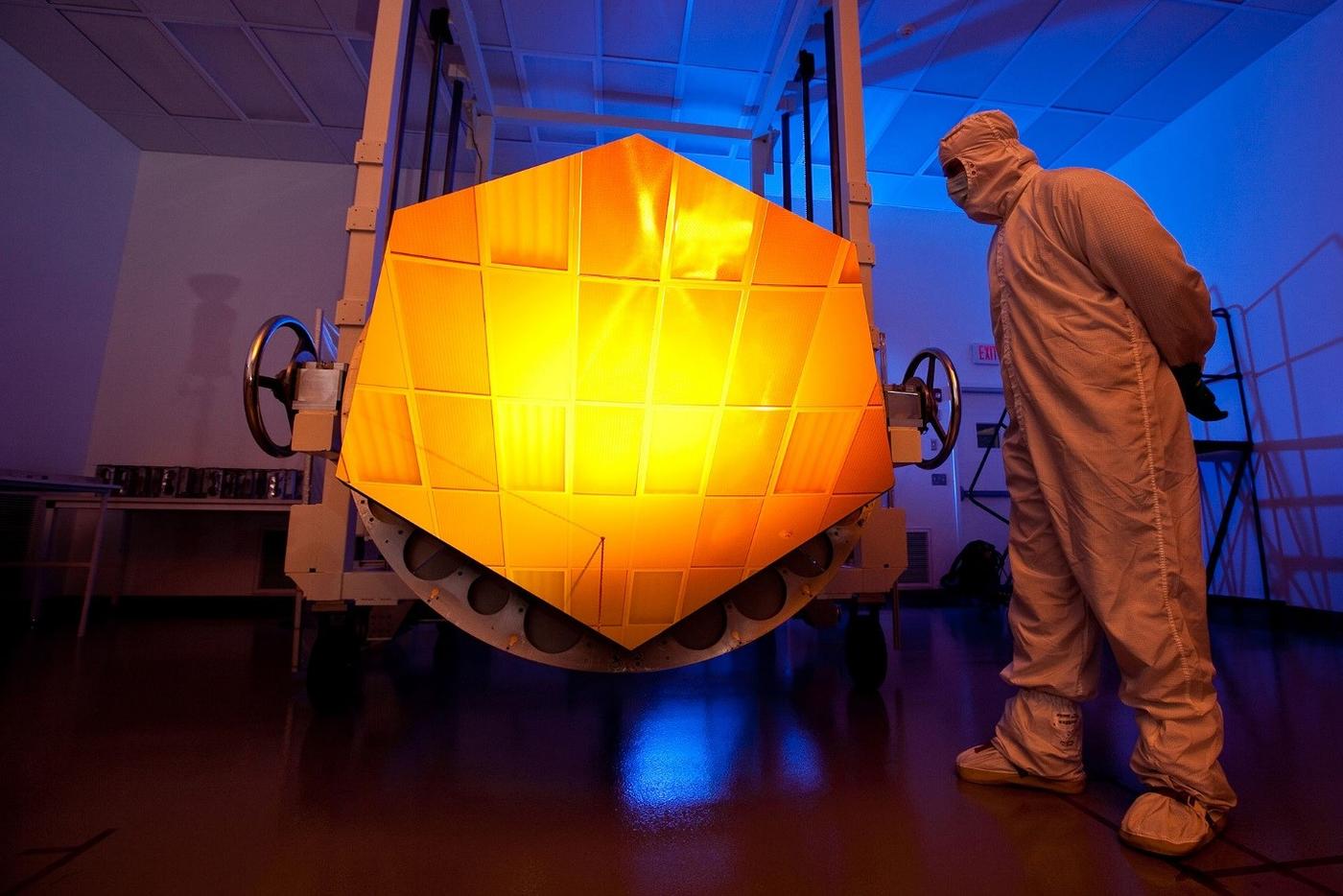Kelvin: ITS-90

The triple point of water is a convenient reference point, but it is only one point — albeit the one that provided the old definition of the kelvin. Modern science and industry need to accurately measure temperatures from tiny fractions of a kelvin to many thousands of kelvins using a variety of thermometer types. So, the International Committee on Weights and Measures (CIPM) agreed on the use of two scales that together provide 21 standard reference points spanning a temperature range of six orders of magnitude: from 0.9 millikelvin (mK) to 1357.77 K.
One is the International Temperature Scale of 1990 (ITS-90), which extends from 0.65 K to 1357.77 K; the other is the Provisional Low Temperature Scale of 2000 (PLTS-2000), which covers the range from 0.9 mK to 1 K. (A detailed description of both can be found here.)
The redefinition of the kelvin did not affect the values assigned to these reference points, which have been determined by what is called “primary thermometry” — that is, using thermometers that rely only on relationships between properties that are so well known that temperature can be calculated directly from them without using any unknown quantities. Examples include acoustic thermometers, which measure the speed of sound in a gas, or electronic thermometers, which measure tiny voltage fluctuations in resistors. Both variables depend directly on temperature.
ITS-90 contains 17 reference points based on naturally occurring, highly reproducible states: phase transitions (freezing or melting) or the triple points in many familiar, naturally occurring substances. The triple point of water, which has defined the kelvin since 1954, is toward the lower end of the scale.
For much of the ITS-90 range, measurements are generally made with a standard platinum resistance thermometer, which exploits the fact that the electrical conductivity of platinum varies in a reliably predictable way according to its temperature: the higher the temperature, the greater the resistance. At the high end of the ITS-90 scale, measurement scientists use a radiation thermometer, which determines the temperature of an object by measuring the optical or infrared radiation emitted from it. For extremely low temperatures, they employ devices that measure either vapor pressure (the pressure exerted by the vapor above liquid helium, like steam above boiling water) or the pressure of trapped helium gas, which is directly proportional to temperature.

The following are among the reference points:
- Triple point of hydrogen = 13.8033 K
- Triple point of oxygen = 54.3584 K
- Triple point of mercury = 234.3156 K
- Freezing point of tin = 505.078 K
- Freezing point of aluminum = 933.473 K
- Freezing point of gold = 1337.33 K
For temperatures below 1 K, PLTS-2000 specifies four reference points, all based on unique properties of helium-3 (3He), a rare isotope of helium that has only one neutron in its nucleus instead of the usual two. At extremely low temperatures, solid helium-3 (3He) melts — and undergoes other transitions — at very specific combinations of temperature and pressure. Those temperature/pressure points are unaffected by many environmental factors, and thus serve as dependable references.
For example, at a pressure of 2.93113 million pascals (MPa), which is about 30 times greater than air pressure at sea level, 3He melts at exactly 315.24 mK. And at 3.43934 MPa and 0.902 mK, solid 3He changes its magnetic properties.

